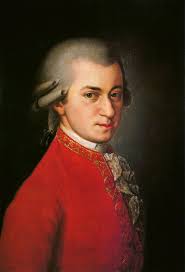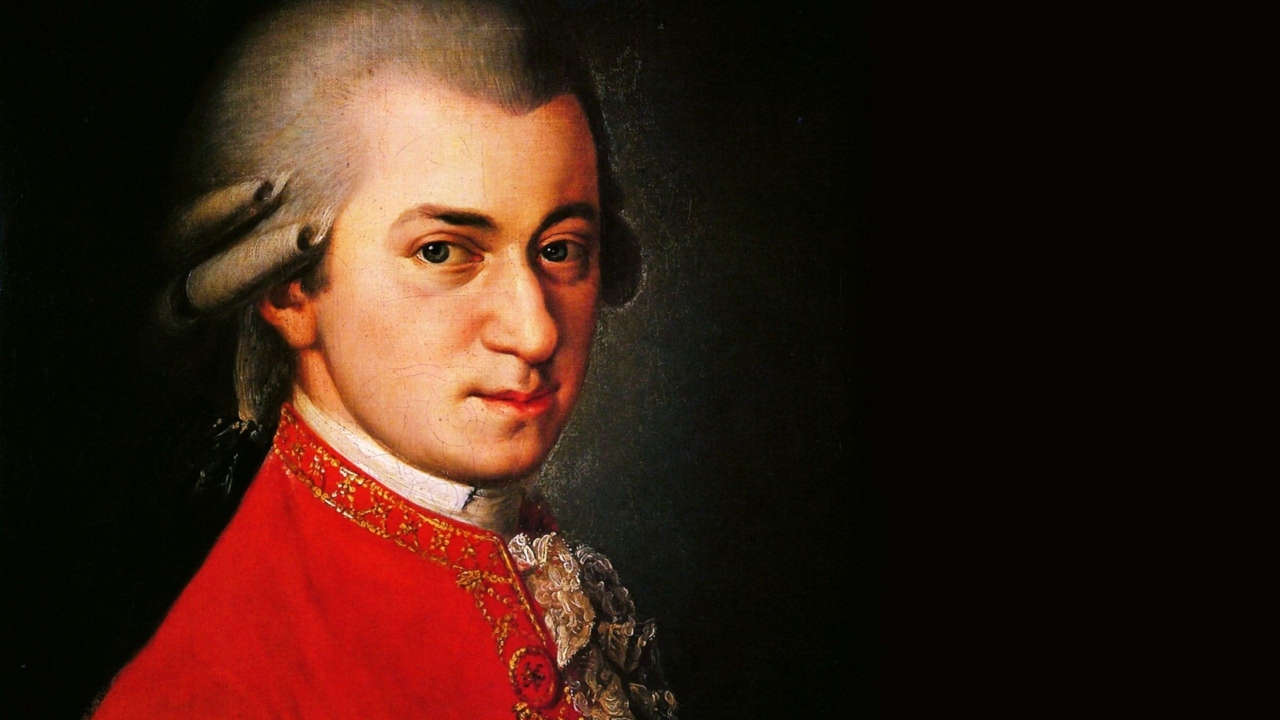Wolfgang Amadeus Mozart’s Clarinet Quintet in A major, K. 581, is one of the most beloved chamber music compositions of all time. Written in 1789, this masterpiece highlights Mozart’s deep appreciation for the clarinet, an instrument that was gaining prominence in the late 18th century. The quintet is often referred to as the “Stadler Quintet,” named after the clarinetist Anton Stadler, for whom Mozart composed the piece.
Background and Inspiration
Mozart had a profound admiration for the clarinet and worked closely with Anton Stadler, a virtuoso clarinetist in Vienna. Stadler was known for his warm tone and expressive playing, which deeply influenced Mozart’s writing for the instrument. The Clarinet Quintet was a direct result of their collaboration, showcasing both the lyrical and virtuosic capabilities of the clarinet.
During the late 1780s, Mozart faced financial difficulties, yet his creativity flourished. Composed in 1789, the Clarinet Quintet was written during a period of remarkable output that also included his final three symphonies. The piece was premiered on December 22, 1789, in Vienna, with Stadler himself performing the clarinet part.
Structure and Musical Highlights
The Clarinet Quintet is structured in four movements:
- Allegro – A graceful and lyrical opening movement, featuring a delicate interplay between the clarinet and strings.
- Larghetto – A deeply expressive and tender slow movement, allowing the clarinet to sing with emotional warmth.
- Menuetto – A minuet with two contrasting trios, including one in a minor key that adds a touch of melancholy.
- Allegretto con variazioni – A lively set of variations, highlighting the clarinet’s versatility and concluding the piece with elegance and charm.
Mozart’s treatment of the clarinet in this composition is groundbreaking. He seamlessly integrates the instrument with the string quartet, rather than merely using it as a soloist, creating a balanced and intimate musical conversation.
Legacy and Influence
The Clarinet Quintet remains a cornerstone of the chamber music repertoire. Its melodic beauty, refined textures, and innovative use of the clarinet continue to captivate audiences and musicians alike. The work also paved the way for later composers, such as Johannes Brahms, who was inspired by Mozart’s quintet when writing his own Clarinet Quintet in B minor, Op. 115.
Today, Mozart’s Clarinet Quintet is frequently performed in concert halls and recorded by leading clarinetists and string ensembles. It stands as a testament to Mozart’s genius and his ability to bring out the full expressive potential of the clarinet.
Whether enjoyed in a live performance or a recording, the Clarinet Quintet remains one of Mozart’s most intimate and heartfelt compositions, a masterpiece that continues to inspire musicians and audiences worldwide.


No responses yet